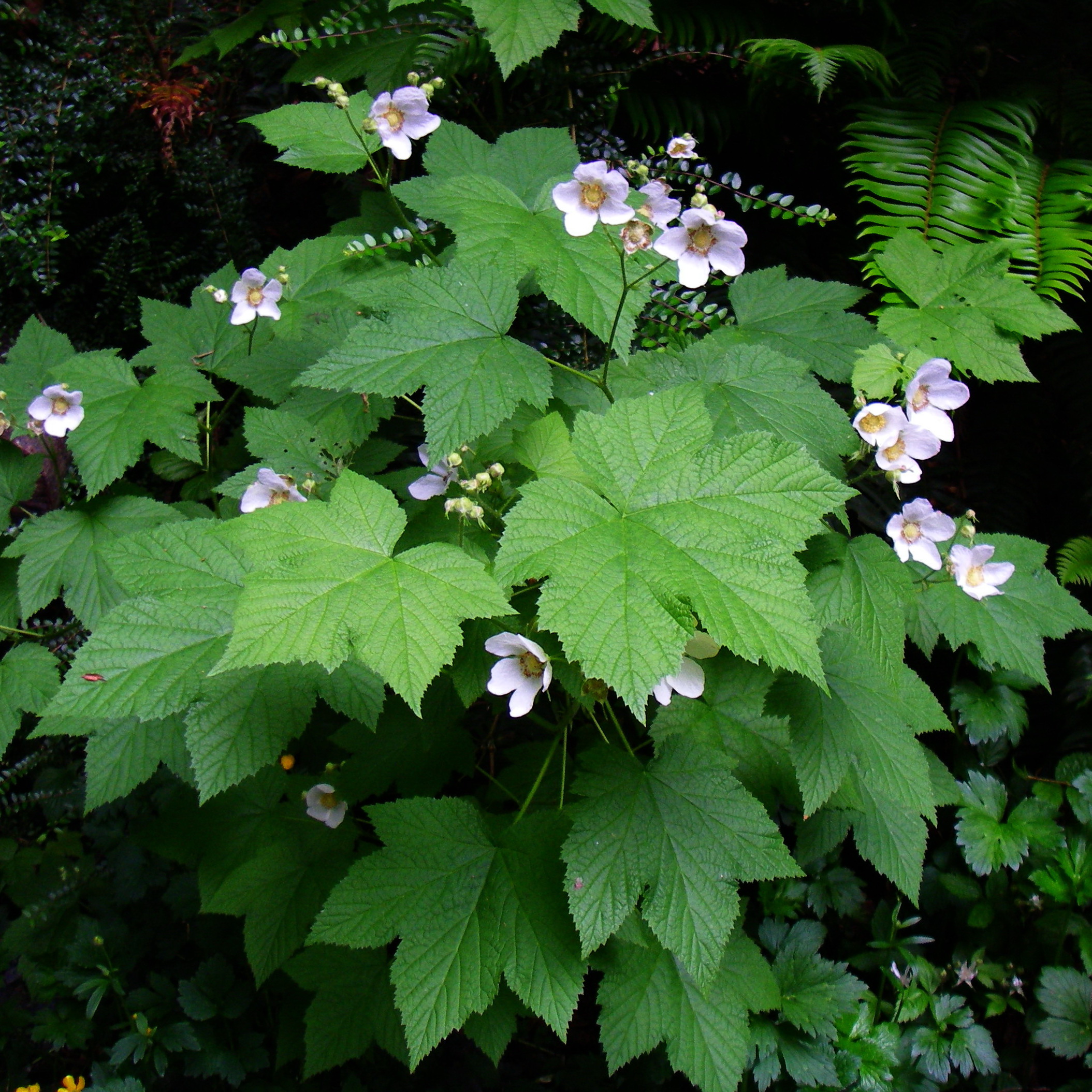In addition to the removal of invasive plants, forest restoration involves efforts to regenerate native plants. In the lingo of restoration ecology, there is “artificial regeneration,” which in its most extreme form is planting a forest from scratch, and “natural regeneration,” which is simply allowing for ecological succession to proceed without human interference. Then there is something in-between which I believe is the obvious model for backyard forest restoration — gardening with native plants.
There are many available resources for the ideas and practices of gardening with natives. For the Pacific Northwest, the classic reference book is Arthur Kruckeberg’s Gardening with Native Plants of the Pacific Northwest, first published in 1982, and updated in 1996 and 2019. Professor Kruckeberg helped start the Washington Native Plant Society which offers a good resource on the web, “Gardening with Natives.” Ironically, I believe this website is now more useful than the book.
In terms of dazzling displays of color, a garden of native plants in our region cannot compete with banks of ornamental flowers like petunias or geraniums but focusing on color misses the underlying beauty of native gardens – they are part of our natural ecosystem. A recent blog, “Five Ways to Make Your Yard More Biodiverse” by Eileen Stark on her website, “Real Gardens Grow Natives” explains all this better than I can.
Doug Tallamy, Professor of Entomology and Wildlife Ecology at the University of Delaware, has spent years researching the alarming nationwide decline of insect populations. In his 2020 book, Nature’s Best Hope, he calls on Americans to restore our ecosystems by replacing half of our private lawns with native plants. This would create a “Homegrown National Park” of 20 million acres — about the size of Maine or South Carolina.
Thinking of adding native plants to your garden? If for no other reason, do it for the birds. Here, in the Puget Lowlands, as they have done every Spring since forests reclaimed the land scraped clean by continental glaciers, birds like Chestnut-Backed Chickadees and Wilson’s Warblers scour the woods for insect larvae and eggs — food for their hungry nestlings that is less likely to be found in beds of ornamentals or patches of invasives. The native vegetation, on the other hand, supports an entire suite of insects that have evolved with the plants, enabling the native birds to maintain their populations and fill the niches their species have carved out over the eons.
